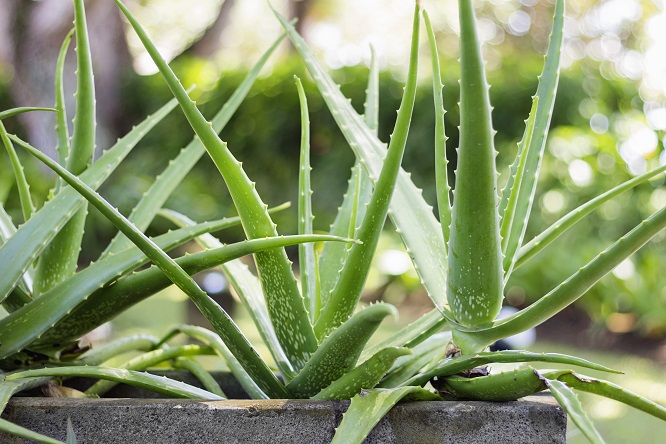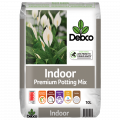After being in the wilderness for the past few decades, indoor plants are back in vogue as indoor décor and more of us wanting to become ‘plant parents’. While the trend has been growing over the past year or two, it has boomed this year with many Aussies working from or being confined to their homes. As well as giving you something to nurture, indoor plants have a serious role to play in cleansing and healing the home. While indoor plants look fantastic in our homes, many of us don’t think about the beneficial properties they add to our lifestyles. They are great at improving the quality of the air indoors, they have a marked impact on our overall sense of wellbeing and their presence can soothe and reduce our levels of stress and anxiety. Here are our top 5 benefits for adding indoor plants to your home.
Indoor plant that cleans the air
One easy to grow Spider Plant (Chlorophytum comosum) is great for removing formaldehyde, carbon monoxide and other toxic air impurities from your home. These toxins (sometimes referred to as VOCs – volatile organic compounds) are more common than you’d think and can be found in household items like paper bags, tissues, napkins, cleaning products and synthetic fabrics. Pot it up in our specially formulated Osmocote Professional Indoor Plants Mix and water only occasionally. It’s one of the easiest plants to maintain indoors. Just keep it out of direct sunlight and your plant will flourish.
Indoor plant as a healing balm
Aloe vera has been used worldwide for thousands of years to heal common ailments. There’s every possibility you have used some form of it - the gel straight from the plant or in a soothing potion - for burns, sunburn, cold sores, frostbite or psoriasis. Keep your aloe growing happily and healthily with regular applications of Osmocote Pour+Feed Indoor Plants. Choose a spot where the plant will receive good but indirect light. Don’t over-water – aloes are succulents and will resent the potting mix being too wet. Water only when the top 5cm or so of mix feels dry to the touch. Keep away from heating and cooling ducts.
Indoor plant that improves air quality
Looking to improve the air quality in your bedroom? The dubiously named Snake Plant is the ideal candidate. Also known as mother-in-law’s tongue, Snake Plant (Dracaena trifasciata, formerly known as Sansevieria trifasciata) will remove the toxins from any room in the home but it works best in the bedroom. It does most of its work at night while you sleep, extracting carbon dioxide from the air and increasing the level of oxygen which results in better sleep. Snake Plant is an easy plant to look after, tending to grow better when the potting mix is allowed to dry out between watering.
Indoor plant that settles the nerves
Lavenders (Lavandula spp) are known for their delicate fragrance and soothing properties. While usually grown outdoors in the garden, some of the smaller varieties will make great indoor plants, particularly in bedrooms where their calming properties may help those suffering from anxiety, restlessness and insomnia. Lavenders grow best in shallow pots with a quality potting mix near a sunny window where the light is good. Keep the mix moist but not wet. Feed every month to six weeks with a ready to use fertiliser and lightly trim plants every few months to maintain size and vigour. The added bonus of growing Lavenders is that flower stems can be cut, hung upside down in bunches to dry before the flowers are collected and used in potpourri or sachets.
Indoor plant that improves memory and concentration
Rosemary is another of the common herbs that’s been used in complementary medicine for hundreds of years. It is said to have beneficial impacts on concentration and memory. More often found close to the cooking hub of your house where it is used to add flavour many foods, Rosemary (now Salvia rosmarinus but better known as Rosmarinus officinalis) should be placed around your home in rooms where you may need a mental boost, like the office or study or maybe even the kitchen! Rosemary is hardy and adaptable but does need good light to flourish. Keep pots well watered through the growing season (spring to autumn), feed every month or so with a ready to use fertiliser and trim it after flowering to tidy it up and encourage new growth.













